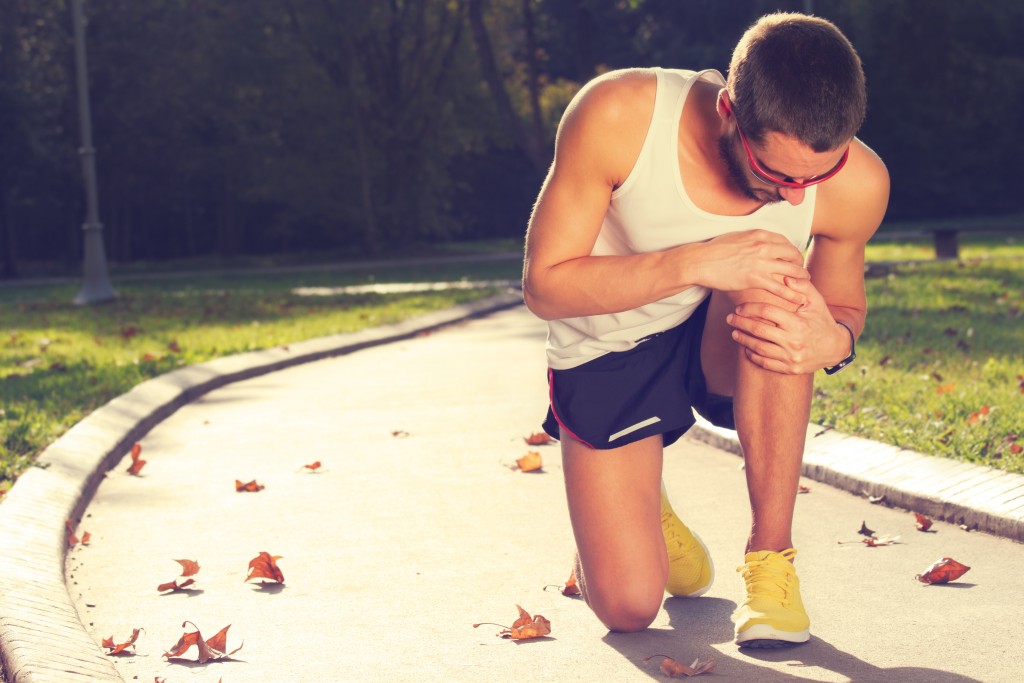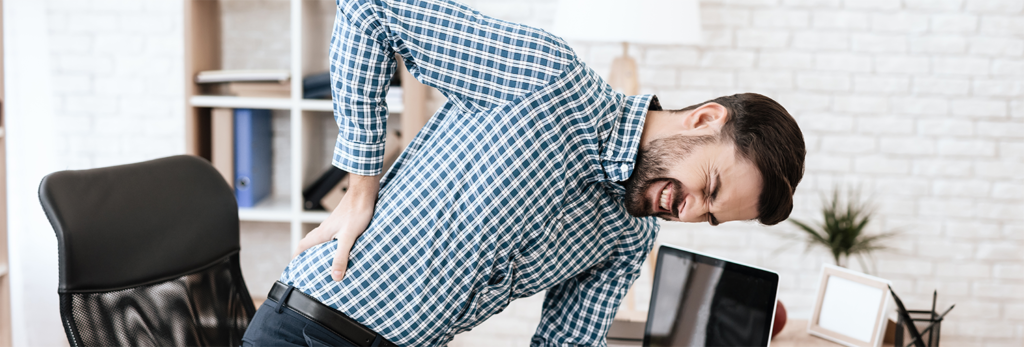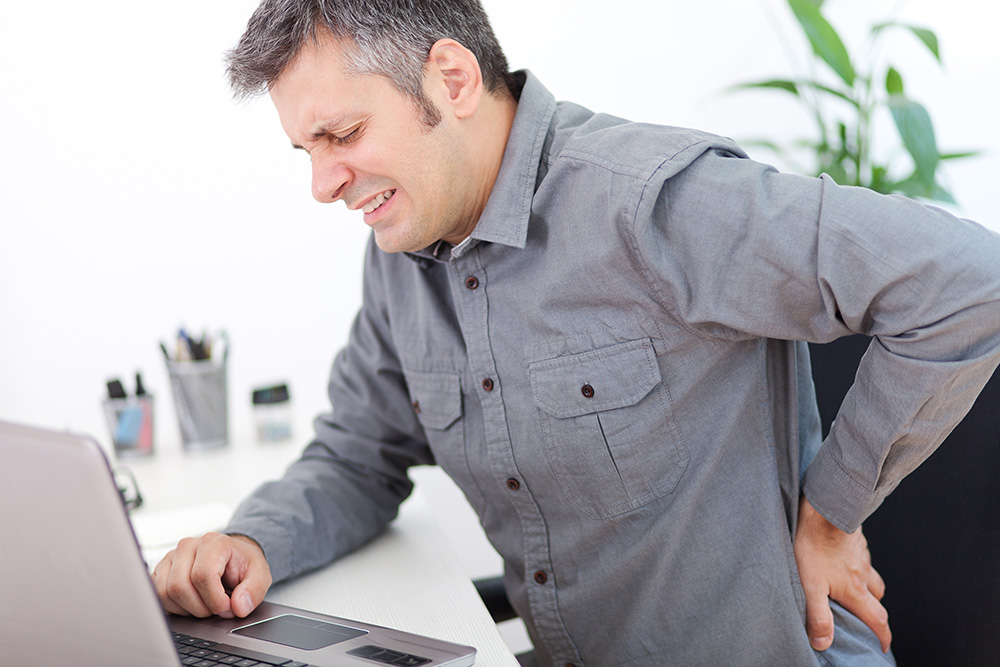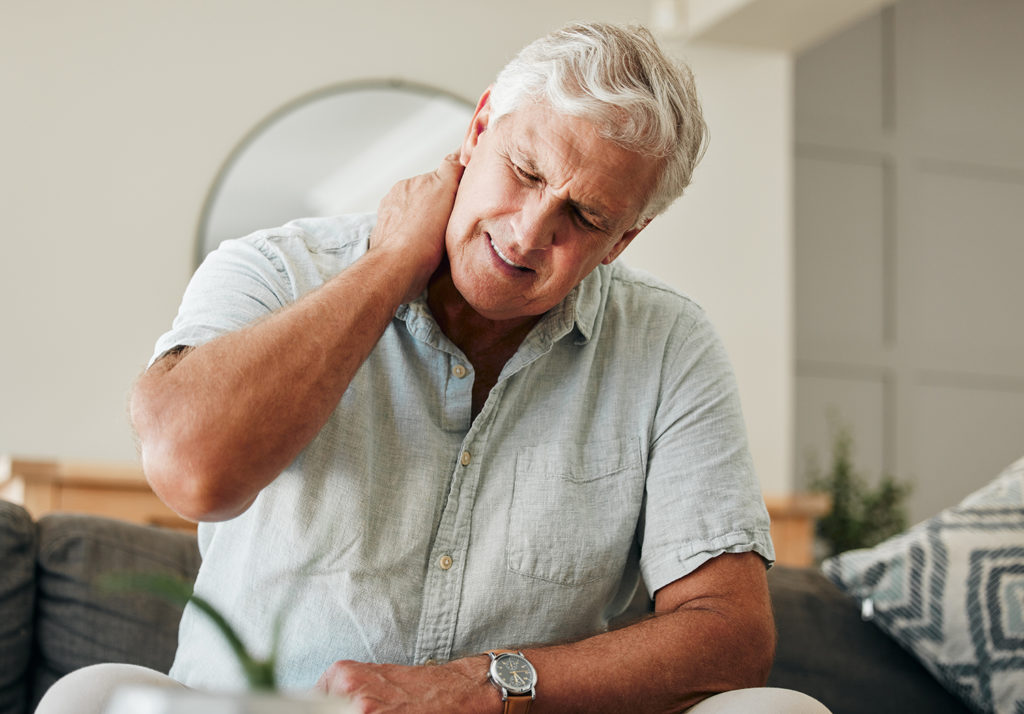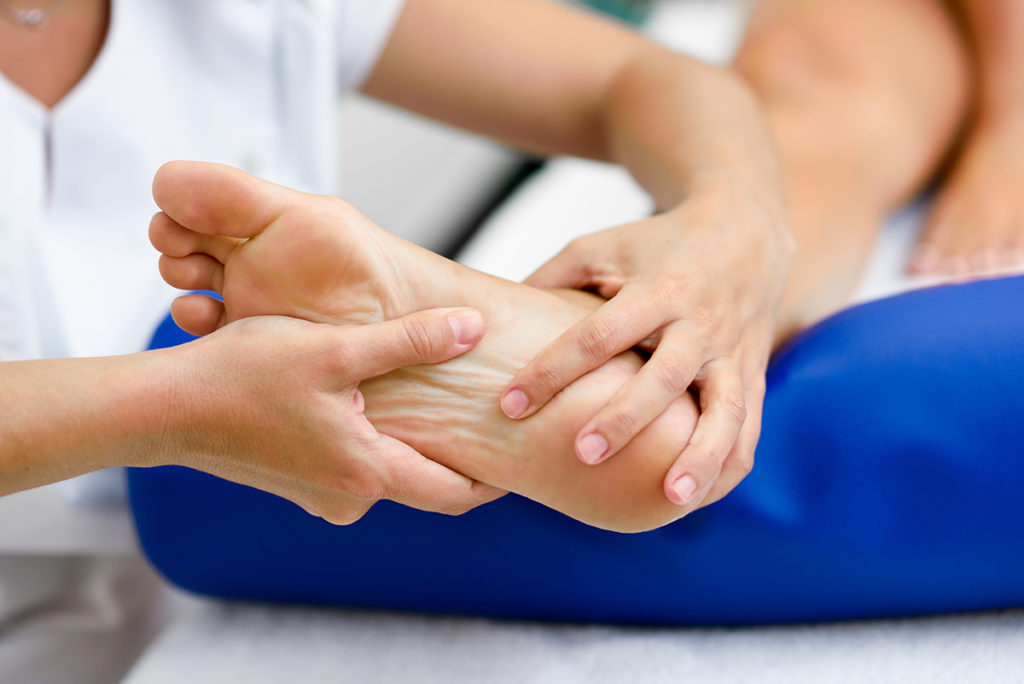At Broadwater Osteopathic Practice we have many patients enquire about treatment for hip pain and asking about whether osteopathy could help. Here we share some of our thoughts about common hip pains and treatment.
One of the 1st steps with hip pain, just the same as any pain, is to try and establish what the cause of the pain is.
The hip joint itself is a ball and socket joint, located in your groin. The area is complex, with a multitude of muscles, tendons, ligaments, nerves and bone all working together to enable full, controlled movement.
Many patients think they have true hip pain, but in fact the source of that pain is not the hip itself but the low back or the pelvic joint.
Common causes of hip pain
Some common reasons for hip pain are shown below. The list is not comprehensive, but includes some of the more common presentations we see. The treatment for each of these presentations will be different.
- Osteoarthritis of the hip. This occurs when the cartilage of the hip wears down and can lead to inflammation and pain.
- Bursitis. Bursa are fluid filled sacs that act to cushion areas of pressure or friction. They can become inflamed by pressure or from repetitive movements. The result is pain around the hip area.
- Strained or pulled muscles. This may occur for many reasons, from sports, to a fall, trauma or work related strain.
- Referred pain from the lower back or pelvic joints. Both the pelvic joints and the low back can refer pain to the hips and may mimic a hip joint issue.
Common signs and symptoms of hip pain
These will vary depending on the cause of the problem, but commonly they include pain and discomfort in the hip, groin and surrounding area.
Pain may be aching, sharp, stabbing or burning. There may also be stiffness, limping and potentially swelling too. Clicking and grinding may be felt in the joint.
A patient may experience issues getting in and out of the car, walking, tying up shoes and bending. As pain progresses sleep patterns may become disturbed and movement more restricted.
Xrays and imaging for hip pain
Sometimes it may be useful to have some imaging taken for your hip pain to help confirm diagnosis, to examine the current condition of your hip or to rule out other potential causers of your pain.
Xrays may be useful to provide an image of the bone and help diagnose conditions such as arthritis, fractures or structural abnormalities.
MRI scans give a more detailed image of the soft tissues within the hip, including the muscles, tendons, ligaments and cartilage. This can be useful for example to diagnose a labral tear or identify tumours.
Imaging can act as a useful confirmation of diagnosis, or to help direct future treatment.
At Broadwater Osteopaths we will, if required, refer patients for imaging privately to Sussex Imaging Partnership. See their website here
Self help for hip pain
Alongside a visit to an osteopath, there are lots of things you could try to help ease your pain and manage your hip. These things are just a general guide and are not suitable for all patients.
- Look at your weight management and maintain an ideal weight.
- Exercise regularly. Choose low impact activities that minimize strain on your hips. Swimming and cycling for example. Also work on your core strength and balance too.
- Resistance exercises- using band resistance exercises or weighted exercise can help to improve strength and tone of the muscles around the hip.
- Pain management and healthy sleep routines. Controlling your pain to enable a good nights sleep, enabling the body to rest and repair. Speak to your GP or pharmacist about this or look at other treatments to help, such as acupuncture.
- Use of heat and ice packs. Contrast bathing areas may help to ease pain and lessen muscle tension. Combining ice and heat treatments may help ease inflammation and muscle tension.
- Use support aids where necessary to make daily tasks easier. Grippers to pick things from the floor, shoe-horns, walking sticks. These are all things that may help you. Even carrying a plastic bag in your car, using it under your bottom to swivel on, when you want to get in and out, can make life simpler.
Treatment for hip pain in Worthing
The 1st step is to get the source of the problem assessed and identified. This is where a visit to an osteopath or other manual therapist may help.
An osteopath will assess you as a whole person. They will look at your presenting symptoms and assess your body as a whole, looking at your hips, but also assessing how the rest of your body is working too. This will include looking at your lower back and pelvis and any areas they feel may be contributing or maintaining your problem.
Treatment will focus on helping to improve your mobility and reduce your pain. The treatment may be focused around the area of pain alongside working on any areas of compensation through the rest of your body.
Treatment is often not a ‘fix’ of an underlying condition for example an osteoarthritic hip cannot be ‘fixed’ by osteopathy as the changes within the joint cannot be reversed. The aim will be to improve the function of the area and surrounding areas to lessen strain on the painful part.
An osteopath may also recommend other treatments that could help, such as acupuncture or medical approaches and if required, they may suggest imaging or a visit to your GP. You can also self refer for a second opinion locally to Goring Hall hospital, find out more here
For more information about osteopathic treatment for hip pain in Worthing, click here.


